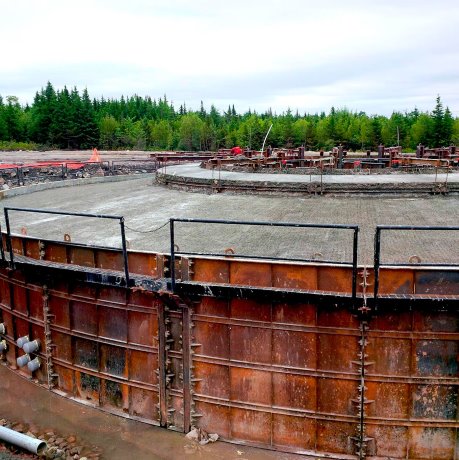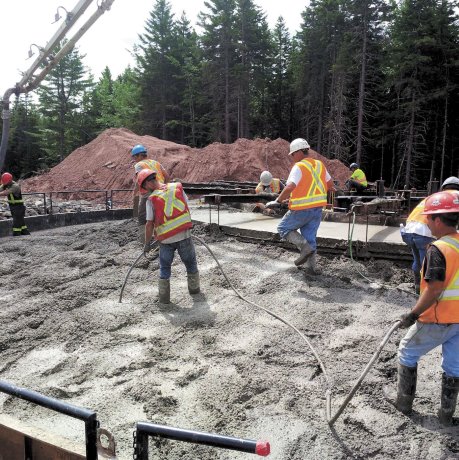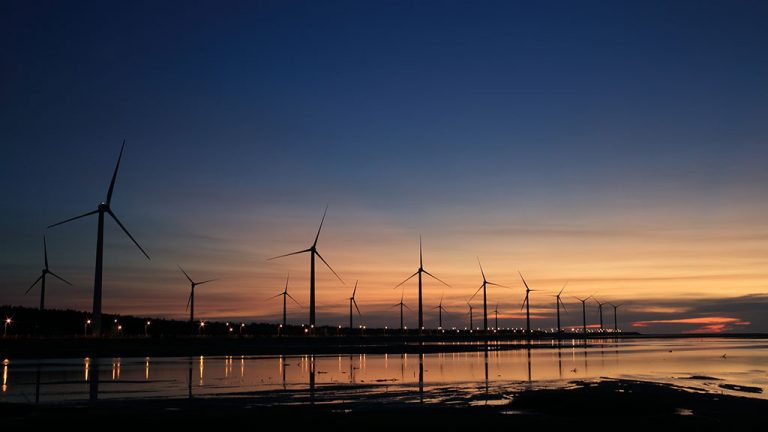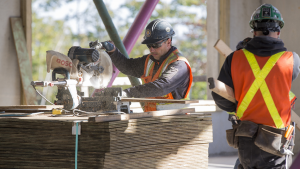Concrete specialist Casey Concrete Ltd. has served Nova Scotia for more than 60 years.
A recent concrete pour of 1,000 cubic metres to build the base of a wind turbine represents the largest single-day effort in the company’s history.
Casey offers nine offices in Nova Scotia and New Brunswick, supplying anything from ready-mix to concrete block on any scale, from residential to large civil projects.
The project at hand: a two-turbine installation in Amherst, N.S. on behalf of wind farm expert Enercon Canada Inc. Casey completed the pours as part of a subcontract to Northeast TCL Construction of Antigonish, which built the project. The hub height of each turbine is 124 metres, with blade lengths of 50.5 metres. Together, the turbines are slated to produce six megawatts of power.
Kraig Morris is manager of the Casey’s Amherst location, the centre of this project’s concrete operation.
"Wind turbines represent a growing industry in the Maritimes over the past five years," says Morris. "We’ve completed pours of 500 to 700 cubic metres on other turbines, but at 1,000 cubic metres over six to seven hours, this is a record for us."
The site was only accessible on a newly built two-kilometre access road. The first pour took place on Saturday, July 9.
"All of our plants are within an hour of each other, so on a project like this we can all support each other," says Morris. "We regularly share projects, equipment and manpower and this one was no exception. In addition to our local plant, which is 15 minutes from the turbine site, we were batching trucks from our Truro location which is about an hour and 10 minutes from the site, and Moncton, which is about an hour from the site.
"We were loading one truck at each of the plants every 10 minutes and co-ordinated so that they would arrive at the site in a continuous flow with no gaps or block-ups between deliveries and we tried to keep that pace up for the whole pour."
Two concrete pump trucks remained on site pumping simultaneously. A third stood by as insurance against mechanical failure.
Fifty trucks delivered about 140 truckloads of concrete from 6 a.m. to 1 p.m. A careful balance of chemical retarding agents kept the concrete fresh for delivery. The concrete hardened enough to allow workers to walk across it within two to four hours. Full cure time was 28 days.
"We used a fairly high percentage of fly ash in the concrete mix, which slows down the hydration process of the cement and also slows down the release of heat," says Morris. "A mass pour can generate a lot of heat, which can cause thermal cracking. We do everything possible to slow that process down."
An identical pour took place two weeks later, about 300 metres from the first site. While a competitor from Moncton assisted Casey on the first pour, the second wind turbine pour was completed with only the three Casey plants over the same time frame.
"There’s a learning curve and we were more efficient the second time around, using fewer trucks," says Morris. "There were fewer gaps and a more fluid motion with the deliveries."
Morris says he’s heard rumblings about new turbines planned by wind farm developers and the provincial government for 2017 and beyond — projects that Casey would be keen to take on.
"We’re keeping our fingers crossed," he says.








Recent Comments
comments for this post are closed